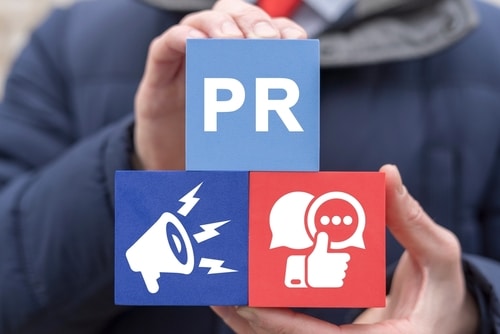Is Advertising Feeding The Obesity Crisis?
We all recognise that obesity is a hefty problem.
It costs the NHS over £6 billion every year, is the second biggest cause of preventable cancer and affects 27% of the population – a figure that continues to rise. Younger generations are also becoming obese at earlier ages, with 28% of children aged two to 15 being overweight or obese. So, what’s behind the bulge?
The reality is that there’s a whole nexus of causes of obesity and it’ll vary at an individual level. However, one factor that is famously condemned as being of utmost concern is the promotion of junk foods from advertising big wigs. And I don’t think that anyone would deny that marketers of fast food brands and other products high in fat, salt and sugar (HFSS) have a heavy responsibility to advertise their wares in a responsible way. But is their influence overplayed?
RESTRICTING AD INTAKE
This week, the Advertising Association has supported the Committees of Advertising Practice’s calls to review current restrictions on advertising foods to children. The body is to reconsider whether restrictions go far enough in TV advertising and has also announced a review of non-broadcast rules. The current rules, which came into effect last July, ban advertising for HFSS in media aimed at children, or where they account for at least 25% of the audience. Such media channels include social media, magazines and billboards, and are now in line with restrictions on TV, where HFSS product advertising during programmes aimed at children has been banned since 2007.
The announcement signals something of a change of heart from the ad industry, coming a year after top execs rejected MPs’ calls for stricter advertising restrictions, pointing instead to longer term behavioural change as the key to tackling the childhood obesity crisis.
GIVE ADVERTISING A BREAK
It’s this line of argument that I’d be inclined to take. It seems far too reductive an attitude to believe that KFC and Burger King being paraded across our TV screens during ad breaks and pushed into our social media feeds is the primary reason for rising obesity rates amongst children. While it’s widely acknowledged that other factors are instrumental in fuelling children’s expanding wastelines – such as parental choices, sedentary hobbies, school policies, lack of education on nutrition and the sheer availability of HFSS products – it always seems to be advertising that gets it in the neck. Perhaps it’s just easier to blame faceless commercial entities.
On the converse of fast food brands filling children’s minds and tummies with sugar and fat, advertising is often used by charities and public sector organisations to encourage positive change. Cancer Research UK recently launched an advertising campaign to highlight the undeniable causative link between obesity and cancer, with simple yet effective outdoor ads – often carefully placed alongside those for fast food chains’ latest calorie-laden creations. (And in 2018 anyone could have predicted the frankly ludicrous fat-shaming backlash it generated.)
It’s clear that, as a nation, we have a lot of work to do in improving children’s habits and lifestyles when it comes to food and exercise, and it will take a collective commitment. ‘Junk’ food advertisers no doubt have their part to play, but they shouldn’t be singled out. An advert itself doesn’t force a burger into your child’s hand. All marketers can do is try to strike the right balance between thinking commercially and operating in a responsible and ethical way – something that, with the appropriate guidelines in place, I think is entirely achievable.
Read all about it...
LATEST NEWS

How Startups Can Earn Big Media Coverage with Small Budgets

The Role of PR in the Health Tech RevolutionTransform Your Press Release


